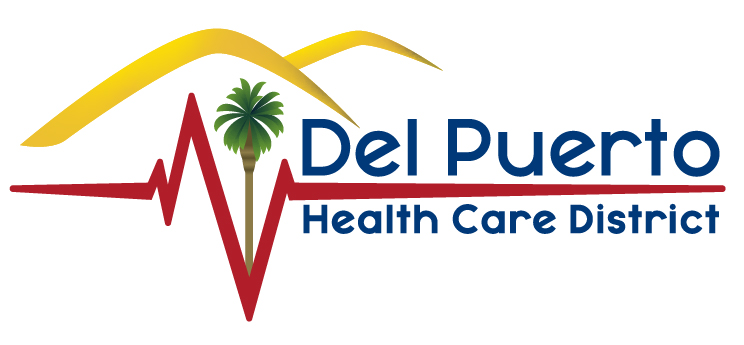Part 1. What is a Special District
What is a Special District?
Irrigator Series Part 1 of 5 on Del Puerto Health Care District - July 18, 2024
The original Patterson Irrigator article can be found here
By Timothy Benefield, Sr. DPHCD Board Member, Zone 3
Did you know that you interact with one or more special districts every day?
When you get out of bed in the morning and turn on your light, the electricity is coming from a special district called the Turlock Irrigation District (TID) which was established in 1887.
The Turlock Mosquito Abatement District (TMAD) was formed in 1946 and regularly performs surveillance programs and abatement actions to combat mosquito-borne diseases in Patterson.
If you find it necessary to call 911 for an ambulance, it is almost certain that the ambulance that comes to your house will be part of the Del Puerto Health Care District (DPHCD).
The cemetery that is located on Highway 33 about five miles north of the city of Patterson is operated by the Patterson Cemetery District.
Special districts are all around us and provide important services on a regular basis. “Special districts are the workhorses of government in California, providing vital services ranging from fire protection to water, cemeteries to sewers.” (California Little Hoover Commission, 2017, Report #239, Special Districts: Improving Oversight & Accountability)
Many citizens likely assume that these special districts are business or corporations. However, there are distinct differences between a business and a special district that we all need to recognize.
This article is the first in a series of upcoming articles in the Irrigator to acquaint you specifically with the Del Puerto Health Care District. To accomplish this purpose, it will be helpful first to understand what a special district is and how your connection with special districts is different than your connection with other local businesses.
I will here make a full disclosure that I am the current board member for Zone 3 of the Del Puerto Health Care District. Two years ago, I was one of those people who was completely unfamiliar with the concept of special districts even though I availed myself of their services on a consistent basis. It has been an interesting journey as I have learned about special districts (and, specifically, the DPHCD) and how they benefit my family and me every day. I would like to take you on the highlights of this journey.
There are 3,300 special districts in California alone, and 74 in Stanislaus Country (stanislauslafco.org). The California Special Districts Association says, “Special districts originated with the common purpose to provide a service that other government entities, such as cities and counties, are not providing.” In 1887, the California State Legislature passed the Wright Act which “empowered local leaders to source and deliver water for agriculture in the historically arid region.”
As irrigation districts began forming across the state, the central valley grew to become one of the largest sources of food throughout America and the world. The success of these irrigation districts would cause communities throughout California to turn to special district to address other growing needs such as healthcare, water and waste water, and fire protection.
Some special districts are funded by a small portion of property taxes. Others provide their services by charging customers. Still other may raise funds by voter approved bond initiatives. Depending on how they are originated and the services they provide, they may operate on a combination of revenues.
Special districts may identified as “independent” or “dependent.” A dependent district will be heavily tied to some other governmental body. For example, the governing members of a dependent district may come from the city council members of the city that formed the district. However, an independent district will usually have a governing board that makes decisions independent of any other government agency. Their authority comes from local citizens who elect them to represent them in the specific function of that special district.
In articles to come, we will consider the specifics of the Del Puerto Health Care District. Is it “independent” or “dependent”? How is it funded? How can you be involved? What are some of the past, current, and future projects of the DPHCD, and why should it matter to you?
I will hope to keep your attention for the next article by closing with this little bit of information. Part of your property tax dollars help to fund the Del Puerto Health Care District.
